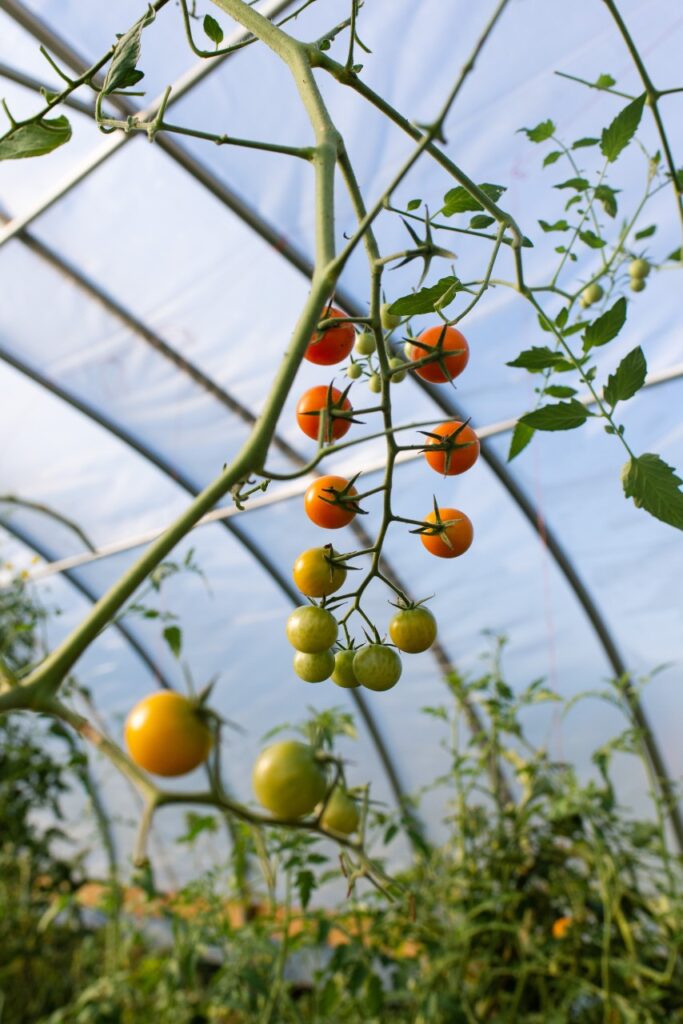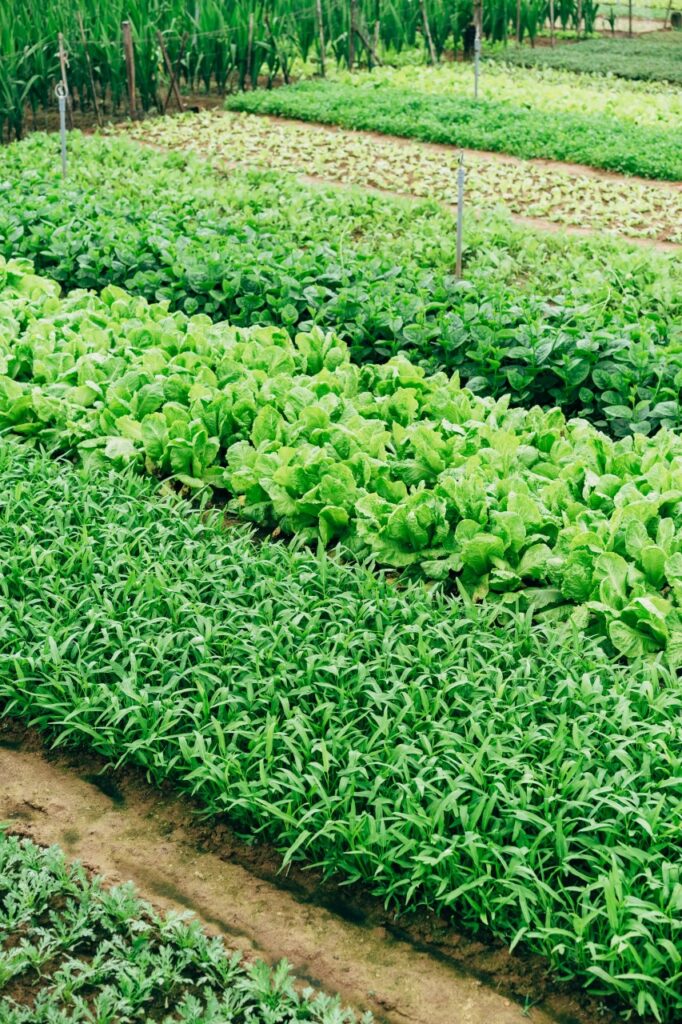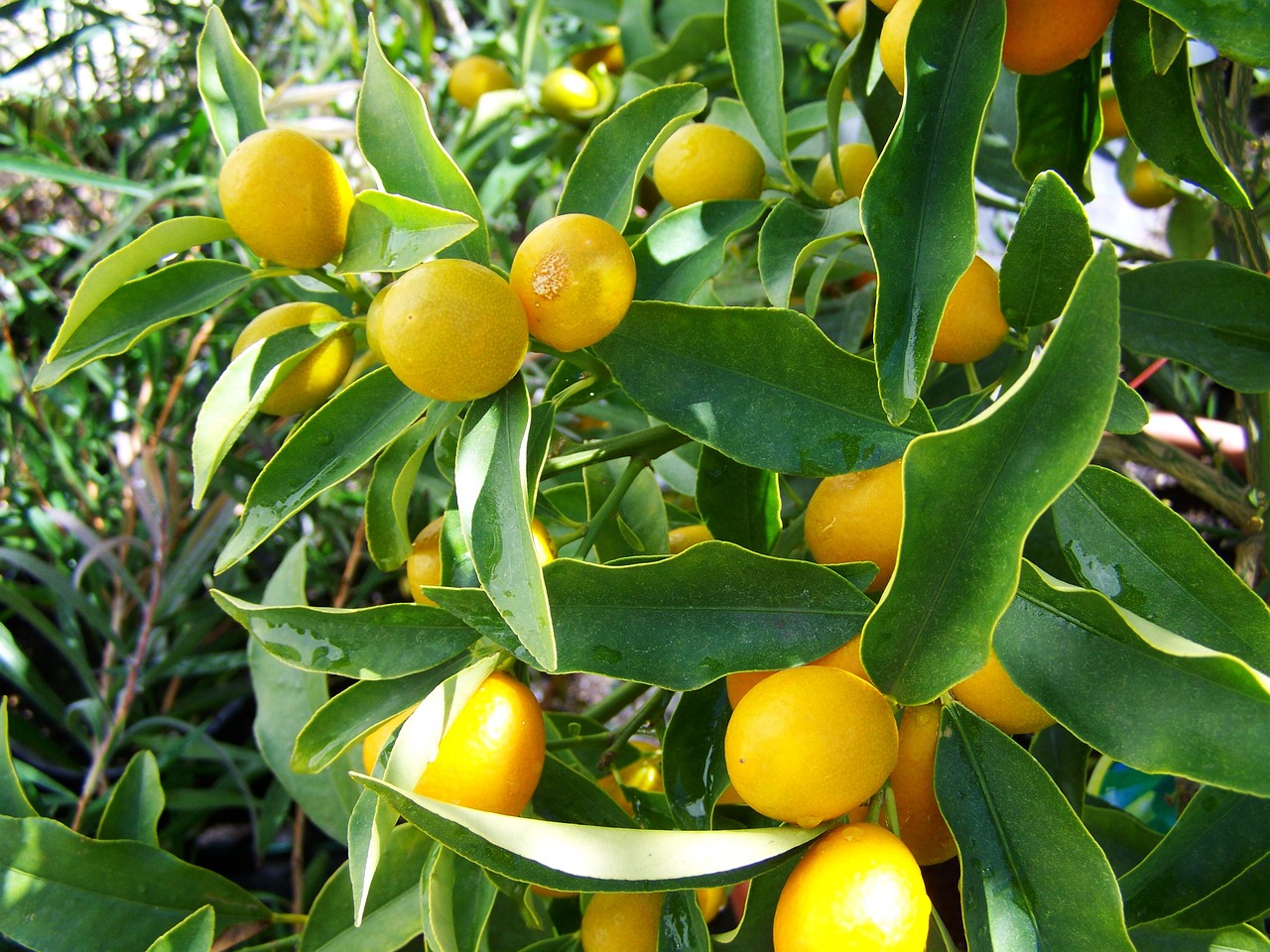Table of Contents
Introduction to 8 Tomato Cultivation Tips

There is no end to the uses for tomatoes; they are so adaptable. They are essential to preparing many dishes and provide farmers with much-needed motivation. When grown in your garden by following our 8 tomato cultivation tips, tomatoes add fresh flavor and color to your meals and provide some health advantages and the pleasures of gardening.
In this comprehensive guide we’ll examine all aspects of growing tomatoes, including the benefits of selecting varieties, planting techniques, and potential pitfalls you should watch out for so that when harvest season comes along you can savor a bountiful tomato harvest with pride!
1. Benefits of Growing Tomatoes in Your Garden
Growing your tomatoes has numerous advantages one of the standout perks is their incredible flavor. But you also reap the following benefits:
- Health Benefits: Tomatoes are good for your health in many ways. For example, they lower your risk of getting chronic diseases like cancer and heart disease. This is because they have a lot of vitamins, minerals, and antioxidants, especially lycopene, which is a very strong antioxidant.
- Cost Savings: By cultivating tomatoes at home, you can also enjoy financial savings as you won’t have to purchase them from the store frequently.
- Environmental Impact: Cultivating your own tomatoes reduces the carbon footprint associated with commercial farming and transportation.
- Variety: Growing tomatoes allows you to choose from a wide range of heirloom and hybrid varieties, each with its unique flavor and characteristics.
- Educational Value: Gardening offers valuable learning experiences for both adults and children, teaching them about plant growth, sustainability, and patience.

Alright, now that we’ve covered the advantages of growing tomatoes, let’s dig into the simple steps you can follow to ensure a bountiful harvest.
2. Choosing the Right Tomato Varieties for Your Garden
Selecting the right tomato varieties is crucial for a successful harvest. Factors to consider include:
- Climate: Determine whether your region has a short or long growing season, as this will influence the type of tomatoes that thrive.
- Purpose: Are you growing tomatoes for fresh consumption, canning, or sauce making? Different varieties are better suited to these purposes.
- Space: Consider the available space in your garden or containers. Determinate varieties are compact, while indeterminate varieties require more vertical space.
- Disease Resistance: Some tomato varieties are more resistant to common diseases, reducing the need for chemical treatments.
- Taste Preferences: Select tomatoes that align with your taste preferences, whether you prefer sweet cherry tomatoes, meaty paste tomatoes, or beefsteak varieties.
| Tomato Category | Country of Cultivation | Health Benefits |
|---|---|---|
| Roma Tomatoes | Italy | High pulp-to-seed ratio, great for sauces and canning. Rich in vitamin C and antioxidants. |
| Cherry Tomatoes | Worldwide | Small and sweet, perfect for snacking and salads. High in vitamins A and C. |
| Beefsteak Tomatoes | United States | Large and meaty, ideal for sandwiches and burgers. Rich in lycopene and vitamin K. |
| Grape Tomatoes | Mediterranean region | Oval-shaped and sweet. Great for roasting. High in antioxidants and vitamin C. |
| Heirloom Tomatoes | Various | Unique shapes, colors, and flavors. Rich in diverse nutrients and antioxidants. |
| San Marzano Tomatoes | Italy | Known for their sweet, low-acid flavor. Ideal for making authentic Italian sauces. |
Please note that tomatoes can be grown in many countries worldwide, but the countries listed are some of the primary cultivators of these specific tomato categories. The health benefits mentioned are general and can vary based on factors like ripeness and growing conditions.
By choosing the right tomato varieties, you set the foundation for a successful harvest.
3. Preparing the Soil for Tomato Cultivation
Proper soil preparation is essential for healthy tomato plants. Follow these steps:
- Test Your Soil: Conduct a soil test to determine its pH and nutrient levels. Adjust the pH if needed.
- Amend the Soil: Add organic matter like compost or well-rotted manure to improve soil structure and fertility.
- Choose the Right Location: Select a sunny spot with at least 6-8 hours of sunlight daily.
- Use Raised Beds: Raised beds improve drainage and prevent soil compaction.

With your soil prepared, it’s time to move on to planting your tomato seeds or seedlings.
4. Planting Tomato Seeds or Seedlings
Planting tomatoes correctly ensures a strong start for your plants. Follow these steps:
- Timing: Start seeds indoors 6-8 weeks before the last frost date in your area or purchase healthy seedlings.
- Transplant Carefully: When transplanting seedlings, bury them deep in the soil to encourage strong root development.
- Spacing: Maintain proper spacing between plants to ensure good air circulation and prevent disease.
- Support Structures: Install stakes or cages to support indeterminate varieties.

Now that your tomatoes are in the ground, let’s discuss proper watering and fertilizing techniques.
5. Proper Watering and Fertilizing Techniques for Tomato Plants
Tomatoes have specific water and nutrient needs. Here’s how to meet them:
- Watering: Water consistently, keeping the soil evenly moist, but avoid overwatering to prevent root rot.
- Fertilizing: Use a balanced, slow-release fertilizer or organic options to provide essential nutrients.
- Mulching: Apply mulch to conserve moisture, regulate soil temperature, and reduce weed competition.

6. Tomato Plant Care and Maintenance
Maintaining healthy tomato plants throughout the growing season is crucial. Here’s what you need to do:
- Pruning: Remove the lower leaves of your tomato plants to improve air circulation and prevent soil-borne diseases from splashing onto the foliage.
- Support: Regularly check and tie up plants to their stakes or cages to support their weight as they grow.
- Monitor for Pests and Diseases: Keep a vigilant eye out for common tomato pests like aphids and hornworms, as well as diseases like blight. Early detection and treatment are key.
- Tomato Tying Techniques: Consider using the “Florida Weave” or “Tomato String” method to support your plants efficiently.

7. Common Tomato Pests and Diseases and How to Prevent Them
Tomatoes can fall victim to various pests and diseases. Prevention and early intervention are essential:
- Aphids: These tiny insects can be controlled with insecticidal soap or a strong stream of water.
- Hornworms: Handpick these caterpillars and use biological controls like parasitic wasps.
- Early Blight: Rotate crops, mulch, and apply fungicides preventatively.
- Late Blight: Remove infected leaves and use copper-based fungicides.
- Blossom End Rot: Maintain consistent watering to prevent calcium deficiency.

8. Harvesting and Storing Tomatoes
Knowing when and how to harvest tomatoes is crucial for flavor and quality:
- Ripeness: Harvest tomatoes when they reach full color and are slightly soft to the touch.
- Storage: Store ripe tomatoes at room temperature or slightly cooler, but never in the refrigerator as it can affect their flavor and texture.
- Canning and Freezing: Preserve your harvest by canning, making sauces, or freezing tomatoes for future use.
Certainly, here’s a table with guidelines for storing tomatoes:
| Storage Guidelines | Description |
|---|---|
| Room Temperature | Keep ripe tomatoes at room temperature (around 70°F or 21°C) for optimal flavor and texture. |
| Avoid Refrigeration | Avoid storing tomatoes in the refrigerator, as it can cause loss of flavor and a mealy texture. |
| Use a Basket or Tray | Place tomatoes in a single layer in a basket or on a tray to prevent bruising and promote even ripening. |
| Check Regularly | Check your tomatoes regularly for ripeness and use ripe ones promptly to avoid overripening. |
| Separate Unripe and Ripe | Store unripe green tomatoes separately from ripe ones to prevent them from ripening too quickly. |
| Ripening with Fruits | To speed up ripening, place tomatoes in a paper bag with ethylene-producing fruits like apples or bananas. |
| Freezing Tomatoes | If you can’t use them in time, freeze tomatoes by blanching, removing the skin, and storing in airtight containers. |
Following these storage guidelines will help you keep your tomatoes fresh and flavorful for longer periods.
You May Also Like:
From Seed to Salad: A Beginner’s Guide to Salad Farming
Conclusion: Enjoying the Fruits of Your Labor
Growing tomatoes in your garden can be an immensely satisfying experience, providing fresh, nutritious ingredients for delicious dishes. By incorporating these tomato cultivation tips, you’ll be able to relish the fruits of your hard work and witness a splendid harvest season.
Be mindful that gardening is an ongoing journey of discovery; each season provides new opportunities to hone your craft and take pleasure from cultivating food from seed to table.
As you embark on your tomato-growing journey, be sure to refer to reputable sources and connect with local gardening communities for additional insights and support.
Frequently Asked Questions (FAQs)
Q1: How can I make my tomatoes grow better?
A1: To promote better tomato growth, follow these tips:
- Ensure your tomato plants receive at least 6-8 hours of sunlight daily.
- Choose the right tomato varieties suited to your climate and purpose.
- Plant tomatoes in well-draining soil enriched with compost or organic matter.
- Provide proper support with stakes or cages to prevent sprawling.
- Water consistently, keeping the soil evenly moist but avoiding overwatering.
- Monitor for pests and diseases and take prompt action when needed.
- Prune your tomato plants to improve air circulation and reduce disease risk.
- Use a balanced, slow-release fertilizer to provide essential nutrients.
Q2: What is the best fertilizer for tomatoes?
A2: The best fertilizer for tomatoes depends on your soil’s nutrient content and your tomato plant’s specific needs. Generally, a balanced fertilizer with equal parts nitrogen (N), phosphorus (P), and potassium (K), such as a 10-10-10 or 14-14-14 blend, is suitable. However, it’s crucial to conduct a soil test as it greatly helps in accurately identifying your soil’s nutrient deficiencies. Organic options like compost, well-rotted manure, and fish emulsion can also provide the necessary nutrients.
Q3: What is the best month to plant tomatoes?
A3: The ideal month to plant tomatoes varies depending on your location and climate. In most regions, it’s recommended to plant tomatoes after the danger of frost has passed. For many areas, this typically falls in late spring or early summer. You can start tomato seeds indoors 6-8 weeks before your region’s last frost date to get a head start. Be sure to check your local frost dates and consider the specific recommendations for your region.
Q4: What fertilizer increases tomato fruit size?
A4: To increase tomato fruit size, focus on phosphorus (P) and potassium (K) in your fertilizer regimen. Phosphorus promotes flower and fruit development, while potassium helps with fruit quality and overall plant health. Look for a fertilizer with a higher middle and last number, such as a 5-10-10 or 10-20-20 blend. Additionally, consistent watering and proper care to prevent stress on the plant can also contribute to larger, healthier tomato fruits.
Q5: How do I prevent common tomato pests and diseases?
A5: Preventing common tomato pests and diseases involves a combination of good practices:
- Maintain proper spacing between tomato plants for adequate air circulation.
- Use mulch to reduce soil splashing onto leaves, which can spread diseases.
- Water at the base of the plants to keep foliage dry.
- Inspect your tomato plants regularly for signs of pests and diseases, such as yellowing leaves or unusual spots.
- Consider using natural predators, like ladybugs or parasitic wasps, to control common pests.
- Rotate crops to prevent the buildup of soil-borne diseases in the same location.
- Choose disease-resistant tomato varieties when possible.
Q6: Can I grow tomatoes in containers or pots?
A6: Yes, you can successfully grow tomatoes in containers or pots. Choose compact or dwarf varieties, use a large container (at least 5 gallons), and ensure proper drainage. Use high-quality potting mix enriched with compost, and provide support for the plants. Keep the containers in a sunny location, and water consistently to keep the soil evenly moist. Container gardening can be an excellent option for those with limited garden space.
Q7: How do I know when to harvest my tomatoes?
A7: Tomatoes are ready to harvest when they reach full color and are slightly soft to the touch. They should easily come off the vine with a gentle twist. However, the exact time to harvest may vary depending on the variety. For example, cherry tomatoes are typically ready earlier than larger varieties. Harvesting at the right stage ensures the best flavor and texture.
Q8: Can I save tomato seeds for next year’s planting?
A8: Yes, you can save tomato seeds for the next year’s planting. Here’s how:
- Choose ripe, healthy tomatoes from open-pollinated (non-hybrid) varieties.
- Cut the tomatoes and scoop out the seeds along with the surrounding gel-like substance.
- Place the seeds and gel in a container and cover with water. Allow it to ferment for a few days, stirring occasionally.
- Rinse and dry the seeds thoroughly on a paper towel.
- Store the dried seeds in a cool, dark, and dry place in an airtight container until the next planting season.
Q9: Can I grow tomatoes indoors year-round?
A9: While it is possible to grow tomatoes indoors year-round with the right conditions, it can be challenging. You’ll need a sunny location with adequate artificial lighting, proper temperature and humidity control, and ample space. Many gardeners find it more practical to grow tomatoes indoors during the off-season and transition them outdoors during the warmer months. Indoor gardening requires careful attention to lighting, watering, and temperature to mimic outdoor growing conditions.
Q10: How can I extend the tomato growing season?
A10: You can extend the tomato growing season by using several methods:
- Start seeds indoors early to get a head start on the growing season.
- Use season-extending techniques like row covers or cloches to protect plants from frost in the spring and fall.
- Plant determinate and indeterminate tomato varieties to stagger the harvest.
- Consider using a greenhouse or high tunnel for year-round or extended-season tomato cultivation.
- Experiment with late-season varieties that are bred to produce fruit later into the fall.
By applying these techniques, you can enjoy a more extended period of homegrown tomato harvest.
Incorporate these tomato cultivation tips into your gardening routine, and soon you’ll be savoring the sweet taste of homegrown tomatoes that have been lovingly nurtured in your very own garden. Happy gardening!

References:
- University of California Agriculture and Natural Resources
- The Old Farmer’s Almanac
- National Gardening Association

The Ultimate Guide to Perfectly Grilled Chicken Nuggets: Your Go-To Recipe for Irresistible Flavor and Juiciness

Delicious and Nutritious: Uncovering the Best Vegetarian Recipes for Every Palate

Unleashing Spicy Flavors: Exploring the Unforgettable Experience of 818 Heat Hot Pot & BBQ

Indulge in the Sweet Delights of Homemade Barfi: A Timeless Recipe That Will Leave You Craving More!

Tantalize Your Taste Buds with the Perfect Ginger Cake and Cream Cheese Frosting Combo!

The Ultimate Guide to Hiring a Cryptocurrency Consultant for Financial Success

Indulge in Blissful Delights with our Berry Cream Cheese Coffee Cake Recipe

Discover the Perfect Blend of Heat and Flavor: Exploring the Enthralling World of Hot Pot Korean BBQ

Discover the Sizzling Delights of Hot Pot BBQ: A Mouthwatering Fusion of Flavors and Fun!

The Rivalry Intensifies: USA vs. Mexico – A Soccer Showdown of Epic Proportions

The Ultimate Guide to Growing Thriving Lemon Trees: Tips, Tricks, and Care Instructions





I was overjoyed to discover this website on Bing; it was just what I was looking for, and I have also bookmarked it to my favorites collection.